This past summer, I had the singular pleasure of spending August in Munich as a Visiting Fellow at the Monumenta Germaniae Historica, generously supported by the foundation Pro arte edendi – Freunde der MGH e. V. (Friends of the MGH). During this time, I spent mornings examining original Ottonian charters at the Bayerisches Hauptstaatsarchiv (Bavarian Central State Archives) and afternoons at the MGH – conveniently located around the corner – writing up findings and consulting rarer items of secondary literature.
This unique combination facilitated a number of new insights and discoveries. Perhaps the most important and interesting is one I stumbled across during my very last week in Munich: the original of D O I 161, a toll charter in favour of Worms from the early 950s. This diploma had only been known from later copies to Sickel and his editorial team, who edited it for the MGH in the late nineteenth century. Paul Kehr first alerted the scholarly world to the existence of the original in 1931, in the introduction to his edition of the diplomas of Henry III. But since Kehr had nothing more to say about the document, little notice was taken of his remarks. The Marburg Lichtbildarchiv was able to photograph the original in January 1956 and its existence was subsequently noted in Irmgard Fees’ invaluable catalogue of original royal charters. An image (clearly from the Marburg Lichtbildarchiv) is also now hosted on the MGH’s online supplement to the diploma series (the Diplomata-Ergänzungen). But otherwise, Kehr’s discovery has passed almost entirely without notice by diplomatists and local historians alike – the present author in-cluded! One of the reasons is that the original is housed in the Geheimes Hausarchiv (Secret House Archive) of the Hauptstaatsarchiv, the old Wittelsbach archive that still requires permis-sion from a family representative to consult – a considerable additional administrative hurdle.
So what does the original tell us? The best starting place is the brief marks of Hartmut Hoffmann, the only scholar to have discussed it in any detail (and then just in a footnote). Sickel had ascribed D O I 161 to the influential draftsman-scribe Bruno A (BA) on the basis of formula-tion, making it this notary’s penultimate work – and potentially his last original, for D O I 164 (BA’s last diploma) is only transmitted in copial form. But as Hoffmann notes, the single sheet is clearly not the work of BA: the flourishes on the ascenders are entirely different from BA’s, as are the forms of h and g. The layout reveals influence from BA (particularly on the chrismon, proto-col and dating clause), but the execution evidently lay in the hands of another. Hoffmann tenta-tively identifies this other as Hildibald B (HB), a leading draftsman-scribe of the later 970s and 980s, who was probably also responsible for an infamous set of forgeries in favour of Worms. As Hoffmann was aware, this raises serious questions about the authenticity of this diploma, which is dated 951 – questions he was not in a position to answer at the time.
Examination of the original reveals, however, that D O I 161 is not a product of HB. Though the hand bears close similarities to HB’s, particularly in the form of g and d, there are also a number of important differences, most notably in h, x, and ę; the scribes also employ dif-ferent abbreviation practices. Yet the hand of D O I 161 does appear one other time in the dip-lomatic corpus: in D O I 84, a privilege of 947 in favour of Worms. The latter had hitherto been ascribed to HB. But in the light of D O I 161, it is clear that we are dealing with a different notary altogether, one who was active for Worms in 947 and 951 and may well have gone on to train HB. This has important implications for the dating and authenticity of these documents, implications which must await detailed consideration elsewhere...


